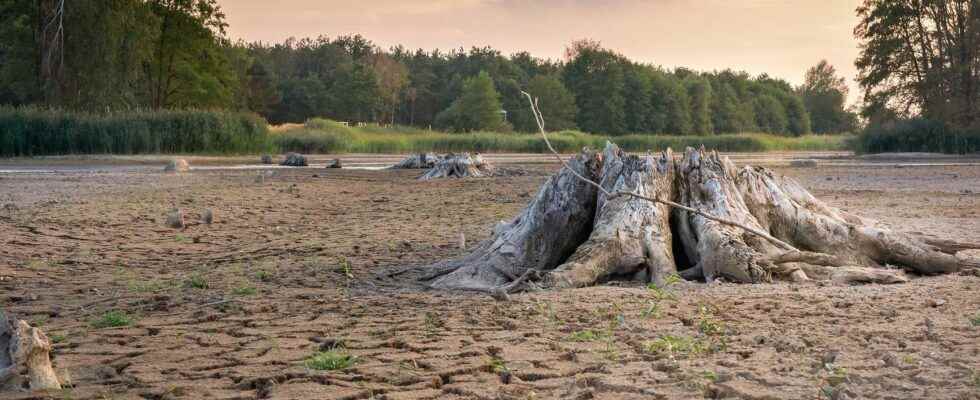A database reveals that the world’s biggest climate disasters since the 1930s are either directly linked to warming from greenhouse gas emissions or made worse by it. The most obvious link is with heat waves, followed by fires.
You will also be interested
[EN VIDÉO] Global warming: our planet in unknown territory In the preliminary version – which only covers the first nine months of 2021 – of its annual State of the Global Climate report, the World Meteorological Organization (WMO) confirms the trend of global warming. For the first time, the bar of a rise of 1°C compared to pre-industrial averages has been crossed over the period of the last twenty years. But the report above all highlights the many extreme weather phenomena that have occurred in 2021 and their consequences for the planet and for humanity. © World Meteorological Organization
In the 2000s, a new science was born, the science of attribution: this attempts to understand whether climate disasters are linked, or not, to emissions of greenhouse gas related to human activity. The newspaper The Guardian compiled agency attribution data Carbon Brief regarding the recent natural disastersto find out if these are attributable to human-caused global warming.
The results are edifying: more than a dozen events weather report major events since 2012 are directly linked to global warming, or significantly aggravated by it. How can we successfully attribute a weather event to global warming? Through modeling which compare climate scenarios, without greenhouse gas emissions linked to human activities, with the evolution of the climate current. Simulations without these greenhouse gases resulting from human activities since the Industrial Revolution show a different evolution of the climate from that which we know today, with less extreme weather events.
Weather disasters aggravated by a warming of “only” +1°C
Among the recent climatic disasters studied:
- the heat dome and the western American and Canadian fires in July 2021 : a wave of heat whose intensity was also considered impossible without climate change linked to greenhouse gases;
- the 2019 heat wave in France : whose intensity is considered impossible without the influence of global warming. Toulouse would have experienced temperatures 4°C below during this episode without global warming;
- the record heat and the fires in Siberia in June 2020 : estimated 80% more likely due to warming;
- them giant fires in Australia in 2019-2020 : the historic heat of March 2016 was deemed 175 times more likely due to global warming;
- them Hurricanes Harvey and Maria in 2017 : estimated to be more powerful due to the heat of the ocean water which served as fuel for the cyclonic phenomena.
Other events like July 2021 deadly floods in Germany and Belgiumor the recent April 2022 floods in South Africa were deemed to be greatly aggravated by global warming.
Deadly disasters that all happened against a backdrop of “only” +1°C warming, as we head for at least +2.5°C by the end of the century, if not 3 or 4°C in the worst scenarios envisaged.
Heat waves and droughts are the most obvious consequences of global warming
Among the 500 climatic disasters referenced in the database of Carbon Brief, 71% are considered “more possible” or “significantly worsened” due to global warming. The conclusions are striking with regard to the waves heat (93% attributed to global warming), droughts (68% attributed to global warming) and floods (56% attributed to global warming). The recent cold snaps and storms snowfalls are conversely deemed less likely and less severe due to global warming. When it comes to heat waves, Carbon Brief estimates that one in three deaths over the past 30 years is the direct result of human-induced climate change.
More surprisingly, Carbon Brief studies reveal that weather disasters linked to climate change are not as recent as previously thought. Rising temperatures would have started to have effects on the weather as early as the 1930s, like the dust bowl devastating event in the United States: a series of gigantic dust storms that ravaged the cultures of Kansas, Oklahoma and Texas from 1932 to 1940.
The Carbon Brief data finally shows that the negative effects of global warming have started much earlier than previously thought and are present all over the world in increasingly obvious ways.
Interested in what you just read?
